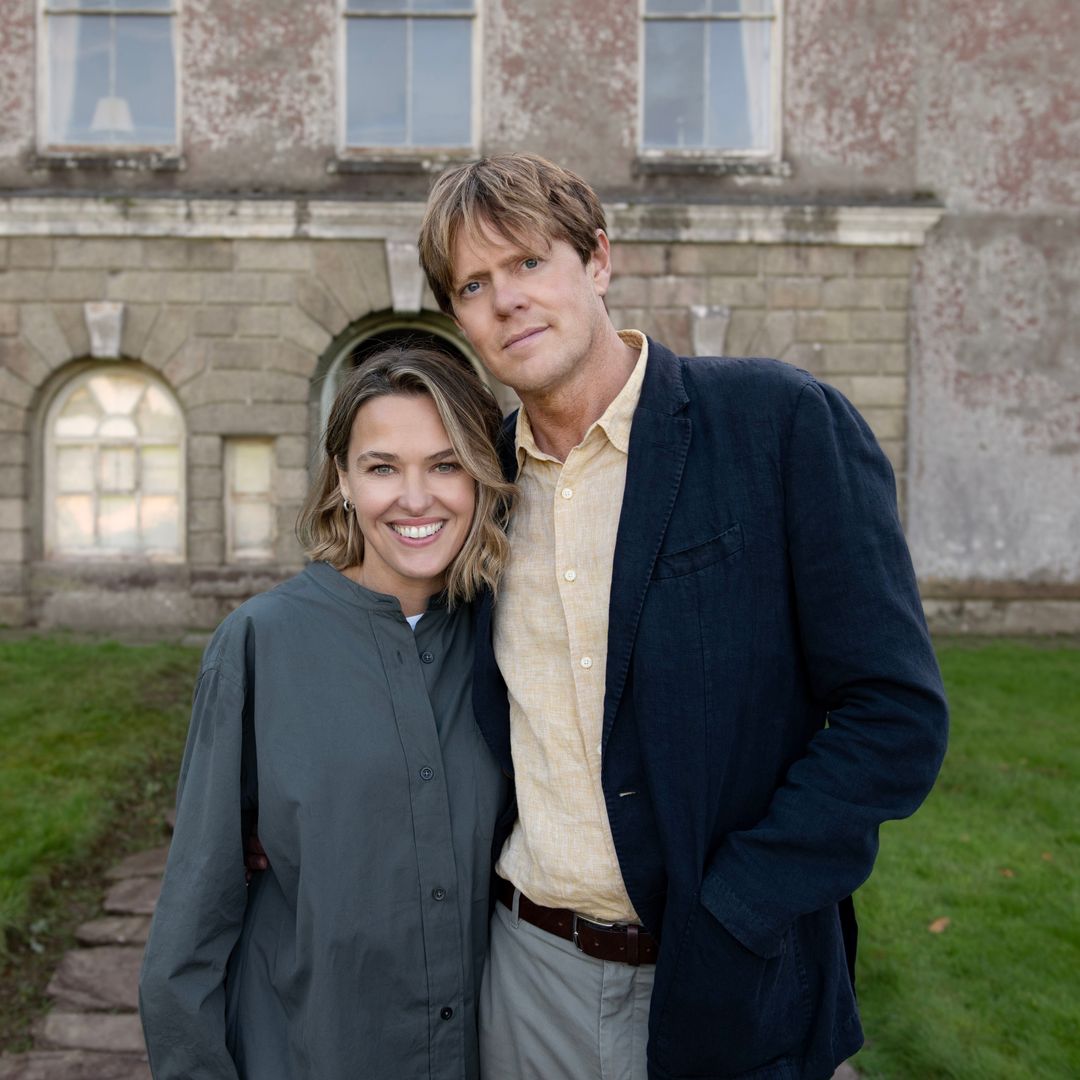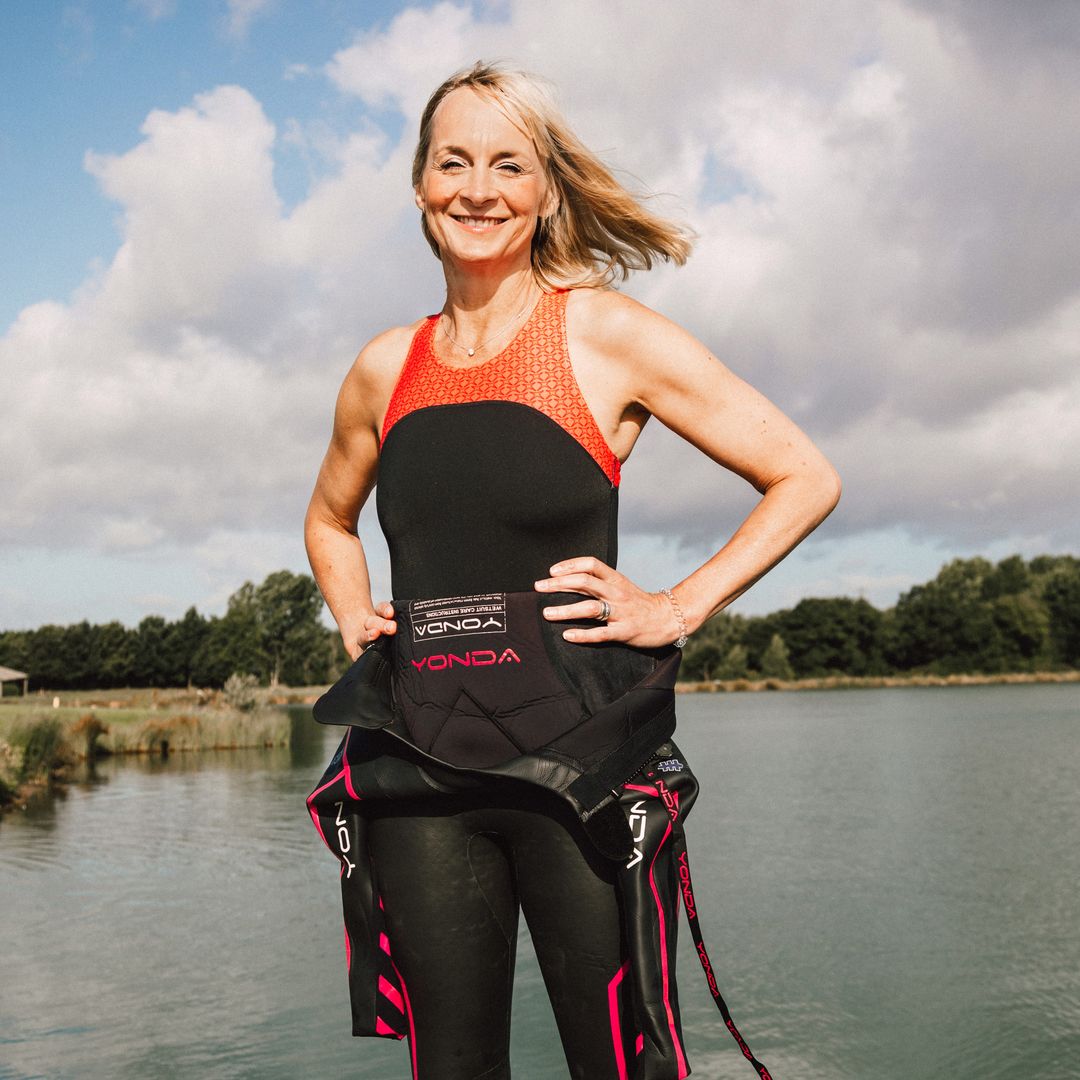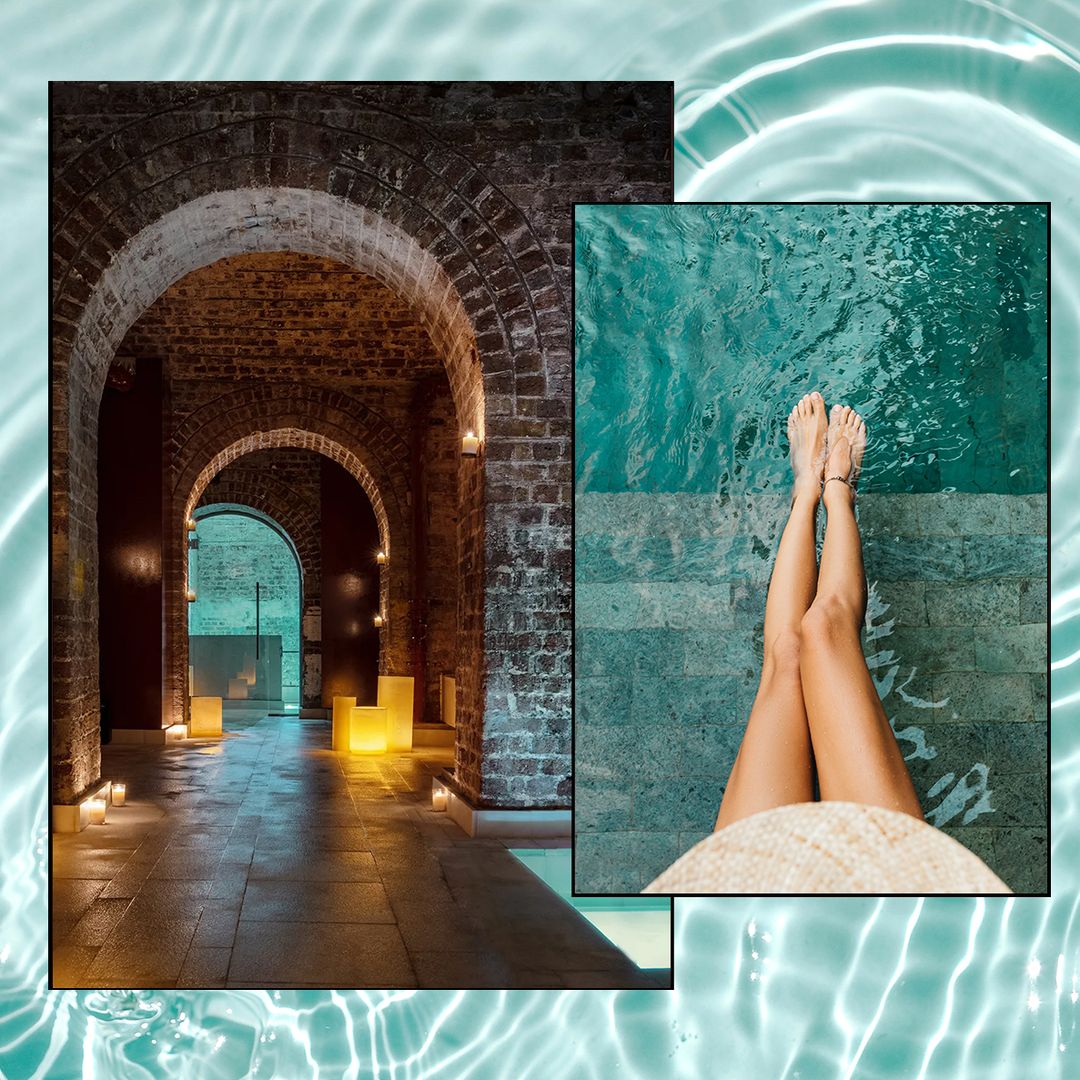There's no better starting point for such a 'pilgrimage' than the town of Wadowice, the town where Karol Jozef Wojtyła was born and lived for 18 years. Here, one of the first sights to see is the Basilica of the Virgin Mary where he was baptised on May 20, 1920, when he was just two days old; the church is located near the town square, where the neighbourhood children – including young 'Lolek' as he is remembered – played football. At number seven on Koscielna street is the small apartment where the Wojtyla family lived. Now it houses a museum, tended by Nazarene nuns, and where you shouldn’t miss sampling the famous kremowka papieska – the local cream pastries the pope remembered having enjoyed with his school friends.
About fifteen kilometres from Wadowice is the Kalwaria Zebrzydowska, a marvellous large-scale landscape of chapels and avenues that symbolise the events of the Passion of Christ. The complex dates from the seventeenth century and is listed as a UNESCO World Heritage Site. Closer to Krakow, is the vast Sanctuary of Divine Mercy in Lagiewniki, a point of pilgrimage since the Thirties, where John Paul II consecrated the new basilica during his visit to Poland in August 2002.
Travelling on, we reach Krakow, the former capital of Poland and the city that Karol Wojtyla called "the city of my life." His mother, sister and brother had all died before he moved as a young man with his father to Krakow, and his father died of a heart attack in 1941, leaving the twenty-year-old without immediate family. He studied at the university here and then worked when the university was closed after the Nazi invasion of Poland. It was here that he realised his vocation and began clandestine study for the priesthood in 1942.
The streets of the Krakow's Medieval Old Town – also recognised by UNESCO – are full of beautiful architectural monuments such as the Slowacki Theatre, Jagiellonski University, and the great Gothic Basilica of St Mary in the main square, from whose spire the legendary Hejnal Mariacki – the Krakow bugle call, which dates from the Middle Ages – sounds across the city's Old Town to mark each hour.
Karol Wojtyla spent 40 years of his life in Krakow, from the age of 18, living here longer than anywhere else. It was a formative period which went a long way to mould his personality. The city evokes the spirit of John Paul II at every corner: the house on Tyniecka street where he lived with his father, the Zakrzowek quarry where he worked as a labourer, the old Solvay chemical factory, the Archbishop's Palace, where he took Holy Orders and where he lived as bishop and cardinal until his departure for Rome in 1978, the Seminary, the Cathedral of St. Stanislaus, where he celebrated his first mass...
You should also visit the market square with its cluster of stalls selling crafts made of wood and glass, the thirteenth century Town Hall Tower, Wawel castle, the splendid Renaissance palace, home to three dynasties of Polish monarchs, and the ancient Wieliczka salt mine – a wonderful subterranean complex of labyrinthine passageways, complete with underground museum.
Pope John Paul II travelled all around his native land, but because of their proximity to Wadowice and Krakow, it was the Tatra Mountains where he walked and climbed. At the foot of of the mountains is Zakopane, one of the most visited cities in Poland, due to its pure alpine air, the picturesque streets with the unique wooden houses, and its ski slopes. This is the main starting point for trails in the Tatras, and there are routes suitable for everyone – even horse-drawn carriage rides for the least energetic visitors. There is also a cable car – one of the oldest in Europe – up to Kasprowy Wierch, which rises to almost 2,000 metres and offers spectacular views.
Halfway between Krakow and Warsaw, is the sanctuary of Tchestockowa, a must for all pilgrims who want a better understanding of how the Polish people live their devotion to the Virgin Mary and their Catholic faith. In Warsaw, the Old Town – yet another World Heritage Site – offers the perfect setting for a leisurely stroll. Much of the historical centre was skilfully rebuilt after the War, and its the streets and squares are comfortable and welcoming. In addition to the heritage of Communist buildings, the Royal Palace and the gardens and mansions, a visit should include Pilsudski Square where Pope John Paul II celebrated an open-air mass on June 2, 1979 during his first apostolic visit to Poland. This is where he pronounced the words, "Let your Spirit descend, and renew the face of the earth. The face of this land." which many believe led to the great changes that occurred in Poland in the eighties.
Further informationPolish Tourism








